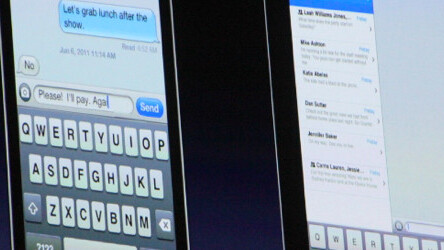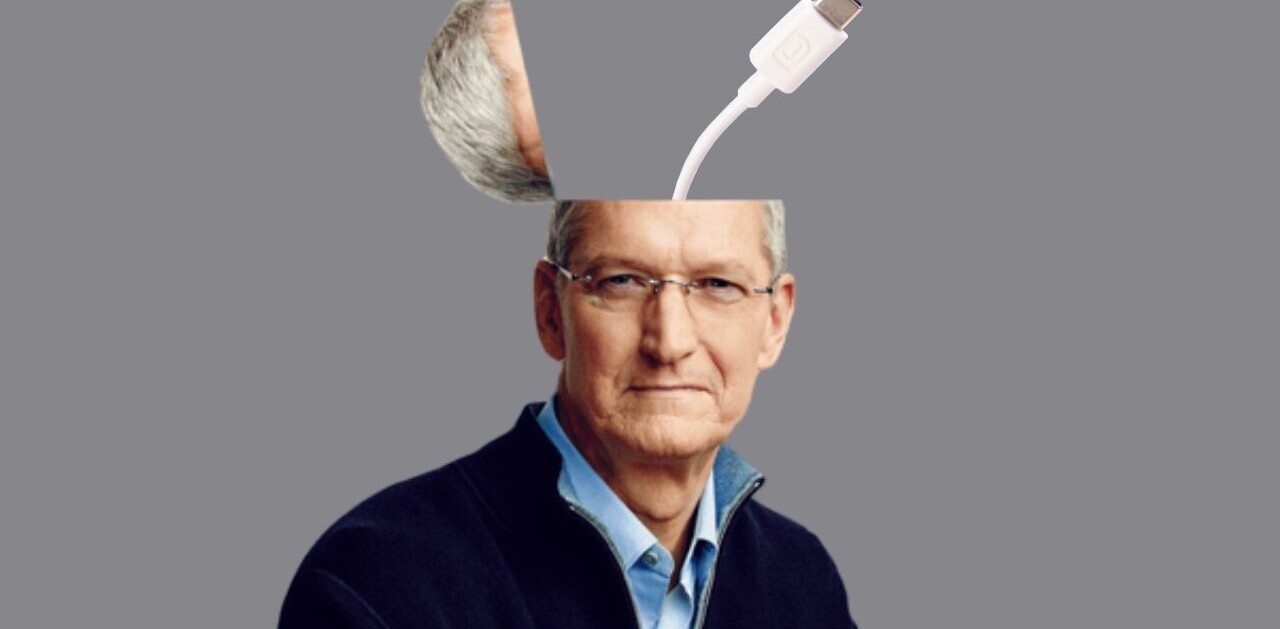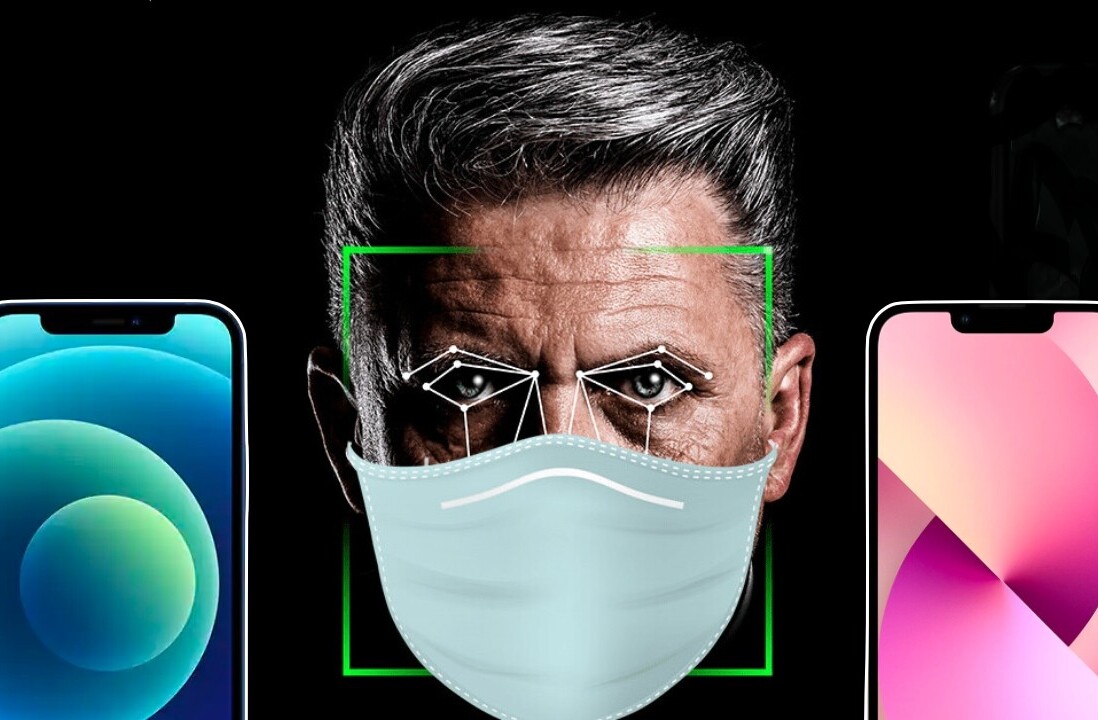
The WWDC 2011 Keynote, held yesterday, was jam packed with information. It covered three main topics but the one that held the biggest draw for most developers was iOS 5. The update was heavy with new features from revamped notifications to integral cloud support for syncing apps and content.
Out of all of the announcements, iMessages is the one that may have the largest effect on the future of the iPhone and iPod touch. Although it is largely being referred to as a ‘BBM competitor’, iMessages is better compared to a full IM client that happens to live inside your standard Messages app.
iMessages also sets the stage for Apple to apply a, carrier-agnostic, iPad data pricing model to the iPod touch and eventually, the iPhone.
The choice to blend the iMessages functionality into Messages, rather than keep it as a standalone app seems at first to be Apple adhering to its ‘simpler is better’ tenets. Why include another whole app when you can simply toggle on an option and have it available to users right in the app they already use?
But if you step back from the issue and look at the inclusion of iMessages into the standard app people use to SMS, a picture starts to emerge that Apple is making a statement to the carriers with this feature. A free-of-charge text, video and picture messaging service that works across all of the 200 million iOS devices already sold is going to massively decrease the amount of SMS messages sent by iDevice users.
The carriers make ludicrous sums of money on SMS and MMS services. The profit margins of SMS and MMS messages are absolutely astronomical. An in-depth discussion of why this system is horribly skewed in favor of the carriers is a discussion for another time, but there are a couple of easy ways to illustrate this.
Multimedia messages use your data connection, not your cellular connection, but carriers charge you per MMS and they charge you the bytes of data it takes to send that MMS. You’re getting charged double for every MMS you send. SMS is even worse because the effective charge to the carrier is zero.
SMS messages get sent on the control channel of your normal phone line, a segment of the connection normally used for diagnostic data. This should make them free with any service that you already pay for but because of contracts and the relatively small choice of carriers in a given area, we get charged magnitudes more for messaging than we should.
Apple sees this and it sees it as an opportunity to ‘pull an iTunes’ on the carriers. With iTunes, Apple democratized music purchasing and jump started the single-track-pricing culture that we have today. Instead of paying $20-$25 for a CD in the heyday of physical media, we now pay $0.69-$1.29 for individual tracks and as little as $5 for a full album of music.
The iMessages service is enabled by default on iOS 5 and it’s integrated so tightly with the Messages app that most iPhone users that upgrade or purchase new hardware with iOS 5 on it will never even realize that they’re doing anything different. But at the end of the month their messaging bill will be lowered in direct proportion to the amount of messaging they did with other iPhone users.
Sooner or later, consumers will see this reduction in their bill and see that they can reduce their messaging plans. When you spread this across the two major carriers and the potential millions of iPhone customers to come, you start to see Apple’s view of the future of the iPod touch and iPhone products.
The next logical step for the iPod touch is a 3G (or 4G, or LTE) device with service provided on the subscription-free iPad model. With such a device, Apple is poised to have a data enabled device, with no subscription, that is capable of cross-device messaging, voice and video calls via FaceTime and gives the user the ability to walk away at any time and switch to another carrier.
Now think about it this way: What if such a device was just called an iPhone?
There are still significant barriers to a data-only subscription free iPhone, so don’t get too excited just yet. The carriers have not been fully neutered and they have alternative products like Android that make leverage more difficult than it may seem at first. Data coverage is still very poor in many countries where a voice connection is all that is available. There is still the problem of cross-platform messaging to other brands of devices.
But this move has been in preparation for a while now. With FaceTime, the iPad’s data deal and now iMessages, Apple has almost all of the pieces that it needs to build an iPhone free from carrier entanglements and legacy voice technology. It’s just a matter of when now, not if.
Get the TNW newsletter
Get the most important tech news in your inbox each week.





